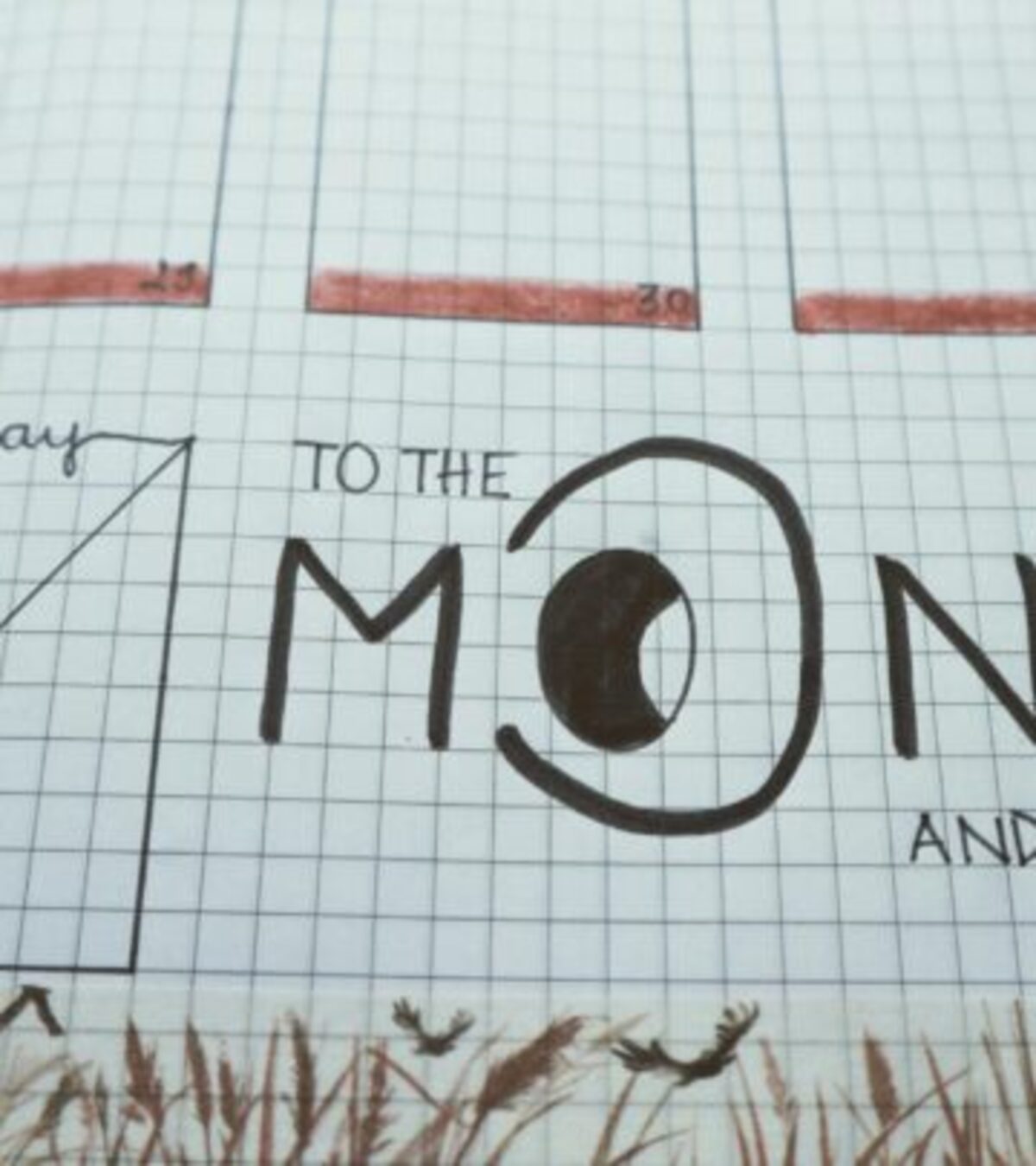Calculate Easter Date: A Complete Guide To The Moveable Feast
Discover the fascinating blend of astronomy, tradition, and mathematics that determines the shifting date of Easter Sunday each year.

How Is the Date of Easter Determined Each Year?
Easter is one of the most significant Christian holidays, celebrating the resurrection of Jesus Christ. Unlike holidays with fixed dates, such as Christmas, Easter is known as a “moveable feast”—its date changes every year. This annual fluctuation, which can make planning Easter celebrations feel unpredictable, is rooted in centuries of tradition, astronomy, and mathematics. So, how is the date of Easter determined?
The Origins of Easter’s Date: A Blend of History and Tradition
The question of when to celebrate Easter has been the subject of debate since the earliest days of Christianity. Initially, Christians marked Easter in relation to Jewish Passover, as the Gospels place Christ’s crucifixion and resurrection around the time of Passover, which itself is based on the Jewish lunar calendar. Over time, to establish a unified practice, early church leaders sought a method that would apply to all Christians, regardless of their location or calendar system.
The Council of Nicaea
In 325 AD, the First Council of Nicaea settled several central questions for the Christian church. Most importantly, it decreed that Easter should be observed on the first Sunday after the first full moon following the vernal equinox (the first day of spring), rather than directly tied to the timing of Passover. This formula is still in use today, although with some differences between Eastern and Western Christian traditions.
The Mathematical Rule: How Easter Is Calculated
For most Western Christians, Easter Sunday falls on the following date:
- The first Sunday after the first full moon that occurs on or after March 21 (the fixed date for the vernal equinox in church calculation, not the actual astronomical equinox).
This means that, mathematically:
- Easter can fall as early as March 22 and as late as April 25.
The “full moon” referenced here is not necessarily the astronomical full moon but the “ecclesiastical full moon,” calculated according to a formula established by the Church centuries ago.
An Example of the Calculation
Suppose the full moon falls on a Saturday, March 21. Easter would be celebrated the following Sunday, March 22. If the full moon falls on Sunday, March 21, Easter is celebrated the next Sunday, March 28.
Why Does Easter’s Date Change Every Year?
The shifting nature of Easter’s date is driven by several factors:
- The Gregorian calendar (used by most Western countries and churches) doesn’t align perfectly with lunar cycles.
- The Church uses the vernal equinox and a “paschal full moon” as reference points rather than the actual dates of astronomical events.
- Leap years and other calendar adjustments cause minor fluctuations.
Ultimately, Easter’s variability is a direct result of aligning a solar-based calendar (the Gregorian or Julian calendar) with a lunar-based calculation.
The Golden Number and Computus: Easter’s Ancient Math
The calculation of Easter’s date is formally known as the Computus. In medieval Europe, religious scholars used complex algorithms involving so-called “Golden Numbers.” The Golden Number is a value assigned to each year in a 19-year Metonic cycle (the period after which the lunar phases repeat on the same days of the year).
The calculation works as follows:
- Divide the year by 19 and determine the remainder. Add 1 to get the Golden Number.
- Use the Golden Number to find the date of the ecclesiastical full moon from a table.
- Easter is the Sunday immediately following that date.
Example: For the year 2009:
- 2009 ÷ 19 = 105 remainder 14
- 14 + 1 = 15 (Golden Number)
- The Golden Number 15 corresponds to a full moon date found in ecclesiastical tables, and Easter falls on the following Sunday.
Gregorian vs. Julian Calendar: Why Eastern and Western Easters Differ
The vast majority of the Western Christian world uses the Gregorian calendar (established in 1582 by Pope Gregory XIII), while many Eastern Orthodox churches still follow the Julian calendar (introduced by Julius Caesar in 45 BC). The Julian calendar currently runs 13 days behind the Gregorian, and uses slightly different calculations for the timing of the vernal equinox and the paschal full moon, making the Eastern Orthodox Easter often fall later than Western Easter.
| Branch | Calendar Used | Typical Easter Date Range |
|---|---|---|
| Western Christian (Catholic & Protestant) | Gregorian | March 22 – April 25 |
| Eastern Orthodox | Julian | April 4 – May 8 (Gregorian equivalent) |
Why Is Easter Not on a Fixed Date Like Christmas?
Christmas is set on December 25 each year, but Easter’s date changes because it is based on a combination of lunar and solar calendars. Early Christians wanted Easter to coincide with Passover, which is determined by the Jewish lunar calendar, but they also wanted to observe the feast on a Sunday. The resulting formula balances both traditions while creating the moving target we see today.
Earliest and Latest Possible Easter Dates
- Earliest Easter: March 22 (next possible in 2285)
- Latest Easter: April 25 (last occurred in 1943)
These extremes are rare due to the interplay of lunar and solar cycles.
How Is the Date of Passover Related?
Easter’s association with Passover is both historical and symbolic:
- In the Gospels, the death and resurrection of Jesus take place during Passover.
- Passover is determined by the 14th day of the Hebrew month of Nisan, based on the lunar calendar.
- While the two holidays sometimes overlap, differences in how lunar events are calculated mean that Easter and Passover can be close or weeks apart in any given year.
Easter Calculation: Modern-Day Tools
Today, most people rely on calendars or online calculators to determine Easter’s date. However, for those curious about the math, here’s an overview of the steps in the traditional calculation, known as the Computus:
- Calculate the Golden Number for the year in a 19-year cycle.
- Identify the ecclesiastical full moon date that follows March 21.
- Find the first Sunday after that date.
While these steps may sound simple, the underlying math is quite complex and was the domain of skilled mathematicians in the Middle Ages.
Fun Facts About Easter’s Moveable Date
- The period between the earliest and latest possible Easters is 35 days.
- The lunar cycle used by the Church’s calculation isn’t always the astronomical moon—occasional discrepancies occur!
- Most people experience Easter falling on every possible Sunday in its range only once or twice in a lifetime.
How Does the Changing Date of Easter Affect Other Celebrations?
Easter’s date determines the timing of several other important Christian observances:
- Ash Wednesday: 46 days before Easter, marking the beginning of Lent.
- Palm Sunday: The Sunday before Easter, commemorating Jesus’ entry into Jerusalem.
- Good Friday: The Friday before Easter Sunday, honoring Christ’s crucifixion.
- Pentecost: Celebrated 50 days after Easter.
Frequently Asked Questions (FAQ)
Why does Easter change dates every year?
Easter changes each year because it is based on a calculation involving both the solar year and the lunar month cycles, not just a fixed calendar date.
Can Easter ever fall on the same day as Passover?
Sometimes, Easter and Passover overlap or fall close together, but differences in how the holidays are calculated mean they do not always coincide.
Why do the Catholic and Orthodox Easters fall on different dates?
The Catholic Church follows the Gregorian calendar, while many Orthodox Churches follow the Julian calendar, leading to differences in the date of Easter.
Has there ever been an effort to set a fixed date for Easter?
Various proposals to fix the date of Easter have been made, but none have gained widespread approval due to religious, cultural, and historical reasons.
What is the Computus?
The Computus is the intricate calculation used to determine the date of Easter, blending lunar, solar, and calendrical data.
In Summary: Easter’s Date Is a Feast of Astronomy, Tradition, and Math
The date of Easter is one of the most fascinating subjects in calendar history—rich in religious significance, mathematical challenge, and historical debate. Thanks to a blend of ancient tradition and astronomical calculation, Easter’s date continues to move each year, reminding us of the intricate interplay between faith, science, and timekeeping. So, as you mark your calendar for Easter celebrations, you’re participating in a centuries-old tradition that links the heavens to the holiday table.
References
Read full bio of Anjali Sayee











